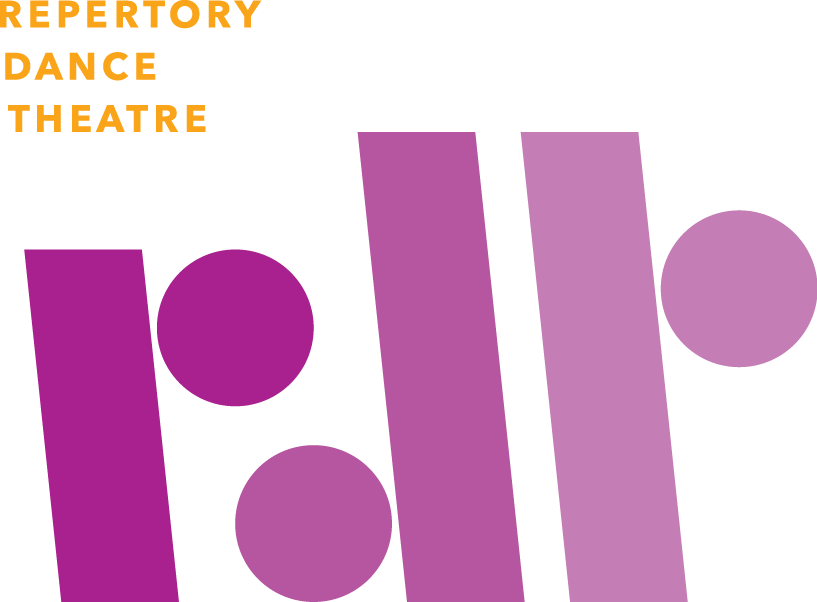Welcome to Repertory Dance Theatre’s Arts-In-Education Lesson Plan Archive. We hope that these lesson plans will help integrate creative movement into your classroom.
How to Use RDT’s Lesson Plan Archive:
1. Explore Lesson Plans alphabetically: lesson plans are listed alphabetically below and you can explore by scrolling then selecting a lesson plan.
2. Using the filter to search for specific plans: if you're looking for grade level, subject, or skill specific lesson plans, you can use the filter in the box to the right side of this page titled "Find Lesson Plans."
In this lesson, students enact through dance their interpretation of individual words spoken out loud.
In this lesson designed for kindergarteners, students experience the alphabet through movement.
Balanced and Unbalanced Forces (2025)
This creative movement lesson designed for 3rd grade explores balanced and unbalanced forces using elements of dance.
Students will take inspiration from the choreographer Charles Moulton and his community based ball passing choreography. Students will learn basic ball passing movements and rhythms and create their own way of ball passing with their friends.
Be a Star (Shape & Energy Focused Lesson)(2025)
This creative movement lesson is a great lesson for students to explore star shapes and constellations through body movement.
Students will explore shapes and pathways to create movement inspired by different birds at that inhabit the Great Salt Lake.
Characteristics and Interactions of Earth's Systems (2025)
In this creative movement lesson designed for 5th grade, students will learn about Earth's systems through movement.
This creative movement lesson using syllables is a great ice breaker for the beginning of the year or semester, a time when students are getting to know one another and the teacher is getting to know students’ names as well.
This lesson plan uses creative movement to introduce students to different types of clouds and different types of precipitation.
Students will explore the different steps and movements that make up common social dance line dances. They will then take some of these ideas and create their own unique line dance by manipulating these movements and using choreographic principles.
In this lesson plan for elementary grade levels 1-3 students learn about weather energy patterns through body movement.
In this lesson plan designed for grade levels K-2, students explore size and space relationships of objects through motion.
This lesson plan relates to the Gestures Dance in Fin Amour. Expand your movement vocabulary by abstracting literal "pedestrian" actions.
In this movement lesson, students will use the ideas of shape (symmetrical and asymmetrical), stillness vs. movement and levels in space (high, medium and low) to move across the room.
Desert Habitats, Animals and Poems with Movement
Students will explore the desert habitat and animals that live there through poetry, describing words, actions and movement.
Moving through space, using different tempos and locomotor movements and levels. This lesson plan relates to the Feet Dance in Fin Amour.
This lesson plan will explore various ways of walking in different directions on different levels, inspired by Fin Amour Walking Dance.
Using creativity to design and explore three simple frozen shapes.
In this lesson designed for elementary grades 4-6, students explore dance elements by learning about math fractions.
Fractions, Rhythm and Movement
Students will use rhythm to explore different fractions with movement and within the space.
In this lesson designed for kindergarteners, students explore geometric shapes and how their bodies move through motion activity.
Students will explore energy qualities and relationships within a group using inspiration from organisms in the Great Salt Lake food chain.
This Lesson Plan came from the work the company did with choreographer Kaley Pruitt on a work called HOLD. It is based on the idea of abstracting different words and their meaning into movement. The dancers went through this lesson plan as they created movement for the piece under the direction of the choreographer.
The goal of this lesson plan is to re-enforce the importance and power of abstract thinking and abstract movement in the choreographic process. This lesson plan can help teachers fight the pre-conceived notion that dance MUST TELL A STORY, that dance MUST BE ABOUT SOMETHING.
Often, young choreographers will select a pop song because they like the lyrics. As a result, they end up choreographing to the lyrics rather than the song itself: the mood, feeling, or other associations that go along with their dance’s theme. Hopefully, this lesson plan will showcase that often times, forgetting about the lyrics and finding a different “inspiration” from the music can be successful and, in fact, better than dancing to the lyrics.
This lesson plan can take place in two parts – however, part one can be done without part two.
This lesson plan is written for four groups; however, you can break your class into any number of groups as long as it is two or more. If using more or less than four groups, adjust the supplies and songs as needed.
Using creative movement, students will explore the many different seed shapes and how the movement of wind, water, animals, or gravity can help a seed move to a new place to grow.
This lesson plan relates to the Leaping and Running Dances from Fin Amour.
This creative movement lesson designed for 3rd grade explores the process of a plant’s life cycle through elements of dance.
In this lesson explore the structure of an essay through movement. Students will develop their own movement theme, create introduction and conclusion paragraphs, as well as form the body of their essay. This lesson involves collaboration between students.
Over, Under, Around and Through - Prepositions and Geometry in Movement
In this lesson designed for elementary grades 4-6, students explore shapes and positive and negative space through movement.
In this lesson plan designed for fourth graders, students learn about parts of a sentence through movement exercises.
Students will explore the concepts of positive and negative space in the moving space and what that means in the body.
In this lesson, students will use the choreographic elements of direction (forward, sideways, backwards), levels (low, medium, high), speed (slow, medium, fast) and actions (verbs) to create a dance.
Rhythm study with Straight, Curved and Angle Lines
In this lesson plan, students will explore rhythm, using shape and 3 types of lines (straight, curved and angles). Students will work together in groups and use their counting skills while moving.
This is a short lesson plan using the lifecycle of a seed to explore body part movements, levels and time.
This lesson plan relates to the Shape Dance from Fin Amour.
In this lesson plan, students will explore how 6 types of simple machines move.
Slow and Fast Changes to the Earth's Surface
Students will use creative movement to explore the slow and fast changes that happen to the earth's surface, including landslides, earthquakes, volcanoes, and erosion.
Slow Changes to the Earth's Surface (2025)
In this creative movement lesson designed for 2nd grade, students will experience slow changes in the earth's surface through movement.
Explore the different states of matter and how they can relate to different ways to travel through space.
States of Matter and Dance (part 1)(2025)
This creative movement lesson designed for 6th grade explores the three states of matter through shapes, movement, and spatial pathways.
Students will abstract everyday gestures to tell a story and create a movement sequence.
Straight Curved and Angular Pathways
Students will explore the element of shape in the their bodies and use the element of time and space to create patterns using straight, curved and angular lines.
Time, Space, and Energy for Kindergarten Dance
This class will focus on introducing the elements of dance (time, space and energy) to Kindergarten Students. Students will move in many different ways exploring the space around them and different ways their bodies move.
Dancers explore different ways of dancing in and with the space through exercises in the center and across the floor
Explore and experience how describing words can change how a movement can look and feel.
Walking and changing Directions
Using Tempo, Students will explore space and time. This lesson relates to the Walking Dance in Fin Amour.
This creative movement lesson designed for 3rd grade explores balanced and unbalanced forces using elements of dance.
Students will explore the life cycle of Wilson's Phalarope, a bird that lives at the Great Salt Lake.
RDT's Dance to Learn website and Arts-in-Education programs would not be possible without the support of our generous sponsors.
Find Lesson Plans
Core Standards
Utah State Fine Arts Core Standards
Posting of resources by Repertory Dance Theatre does not imply the resources have received official endorsement of the State Board of Education. Educators are responsible to ensure the use of these materials complies with LEA policies and directives.

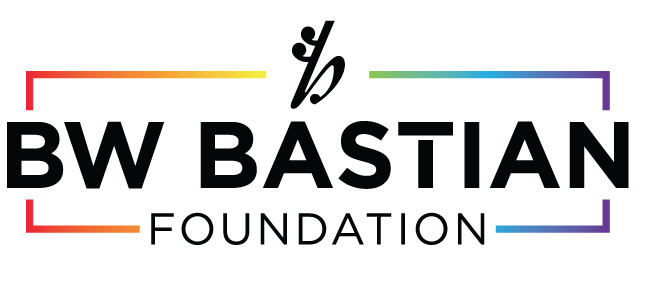


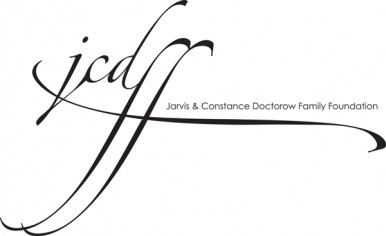
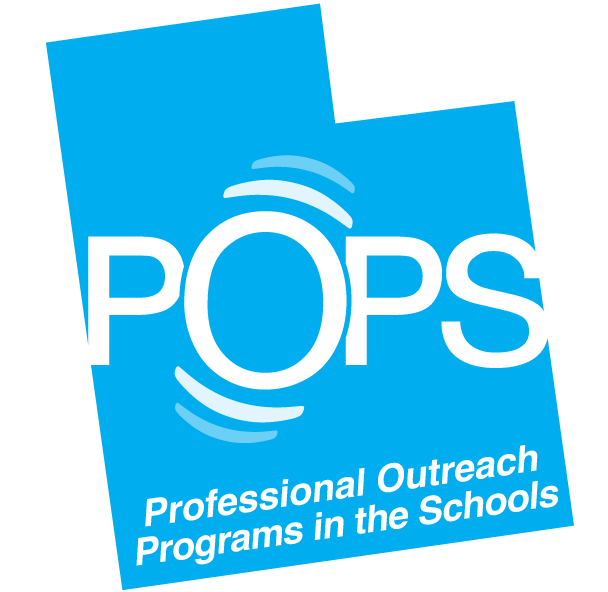
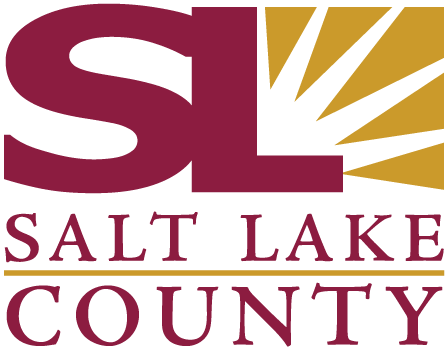
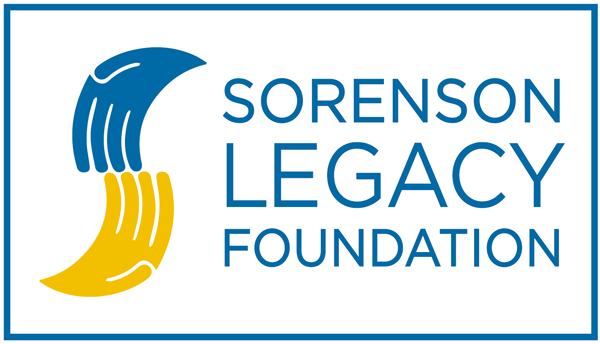

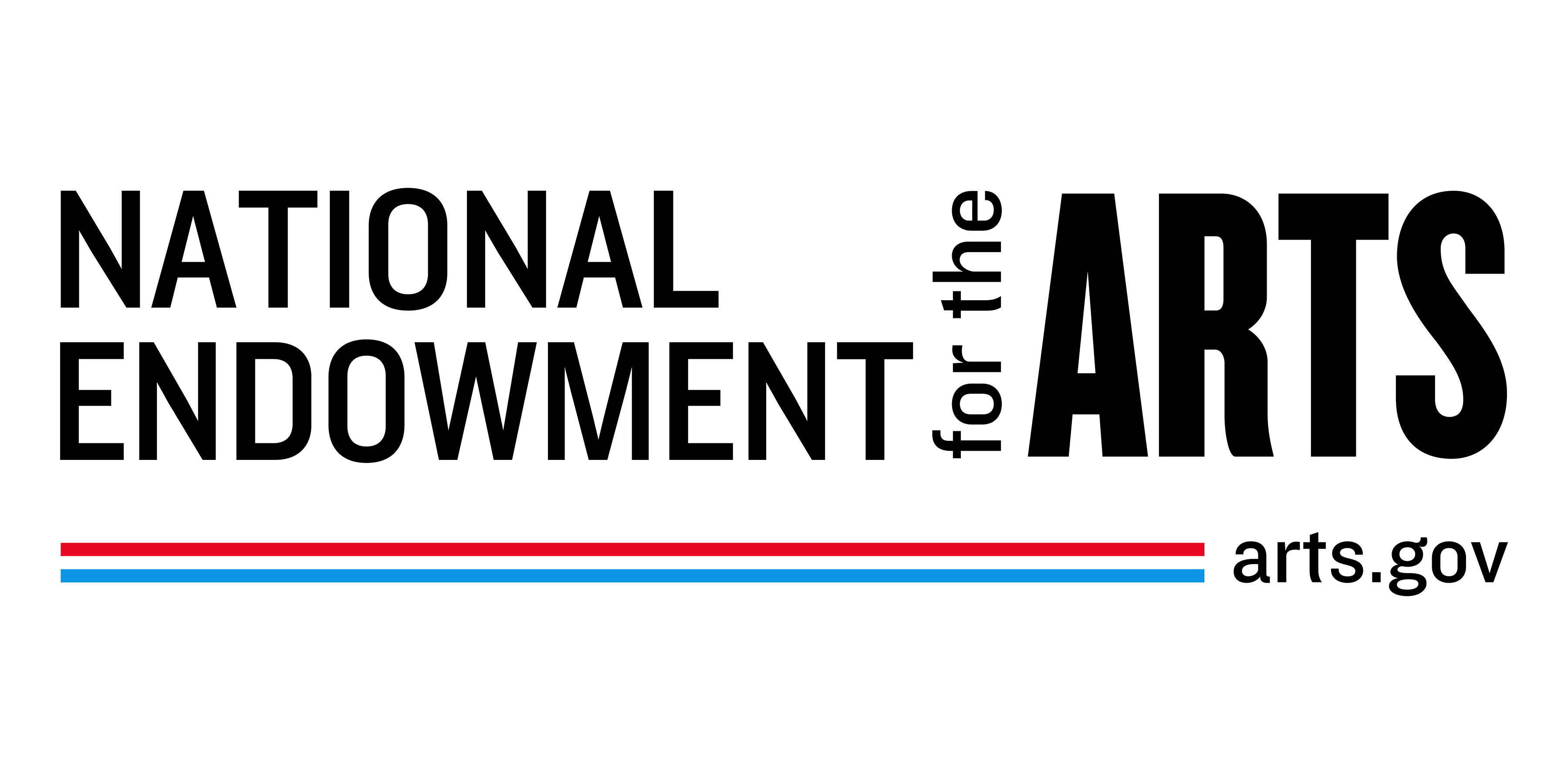
 Val A Browning Foundation
Val A Browning Foundation